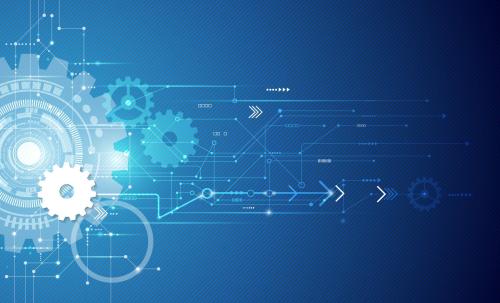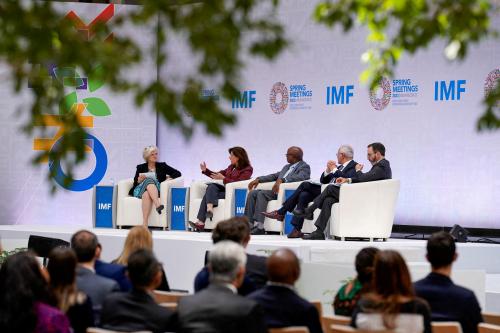This paper is a section of the forthcoming publication “Brazil as an Economic Superpower? Understanding Brazil’s Changing Role in the Global Economy” (Washington, D.C.: Brookings Institution Press), Lael Brainard and Leonardo Martinez-Diaz (eds.).
Abstract
After a half century of overtly inward-oriented policies, Brazil finally moved to open its trade regime in the early 1990s. Being one the last countries to make this move in a region that notoriously lagged behind East Asia, Brazil was quick to implement a comprehensive trade liberalization program, which had strong unilateral and regional components. In roughly five years, tariffs were slashed, nontariff barriers were removed, and Mercosur became a reality. Later on, even the possibility of a free trade zone for the hemisphere was entertained. Yet this initial momentum lost steam in the mid-1990s, undermined by inhospitable macroeconomic and international environments. When, at the turn of the century, the right macroeconomic policies were finally put in place and Brazil began to enjoy the benefits of a commodity boom, a new government took over that clearly had a skeptical view of trade. Despite initial concern, however, the political transition did not bring a significant policy reversal. But trade policy reform never regained its momentum, despite its unfinished agenda. This paper examines this agenda and argues that if Brazil really wants to fully enjoy the growth and welfare benefits of trade, it needs to further lower and rationalize its structure of protection; adopt a more aggressive, World Trade Organization–plus, policy to open markets abroad; design a regional integration strategy that makes sense to its smaller partners; and bring trade facilitation, particularly transport costs, to the core of its trade agenda.


